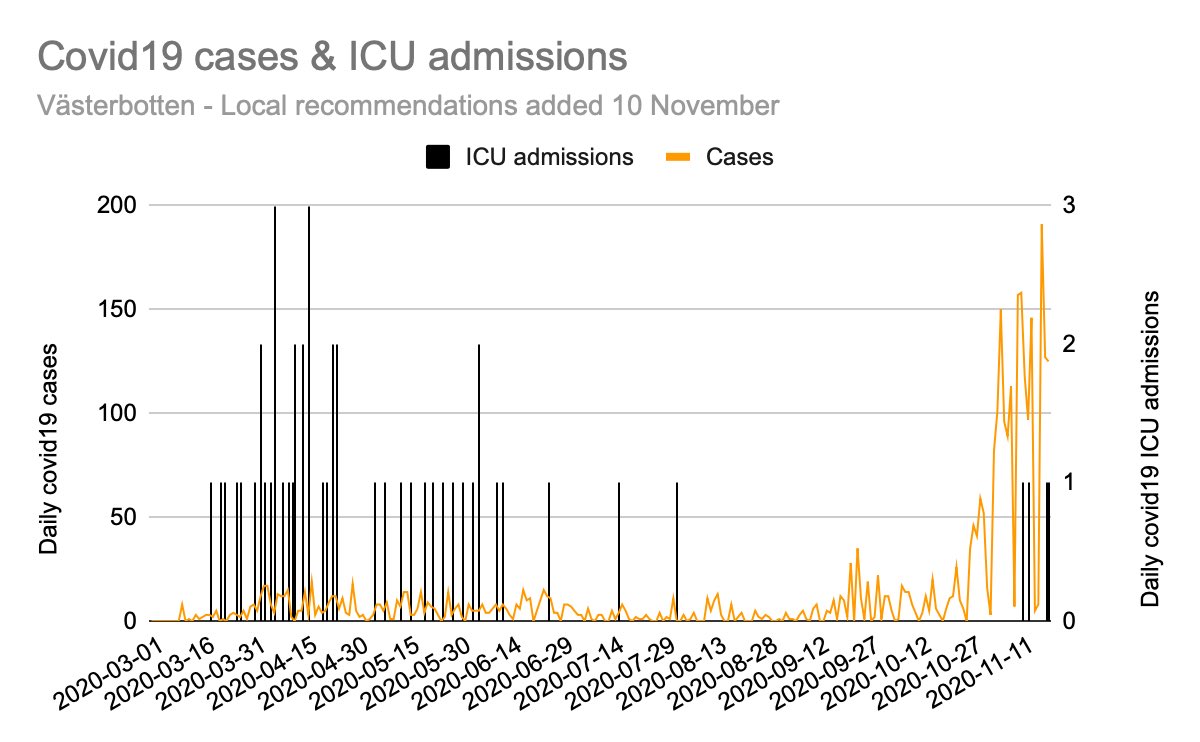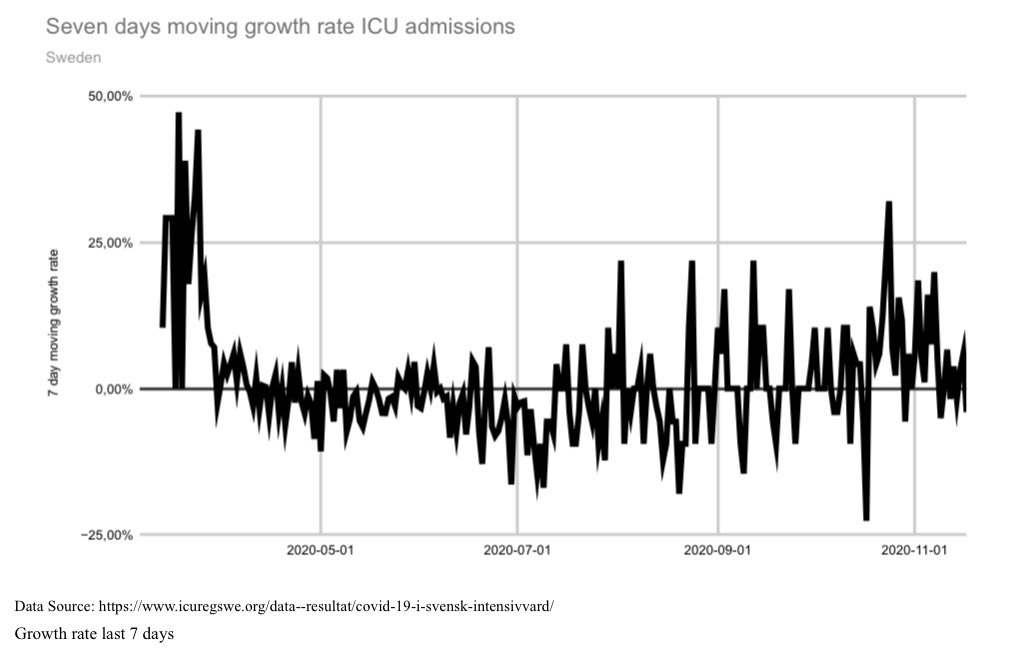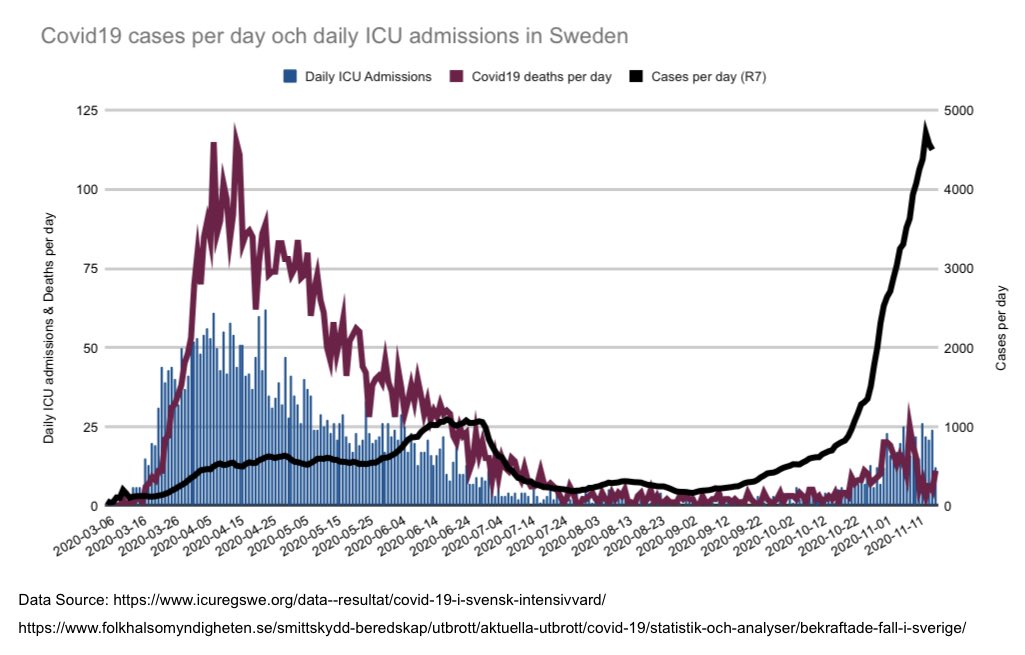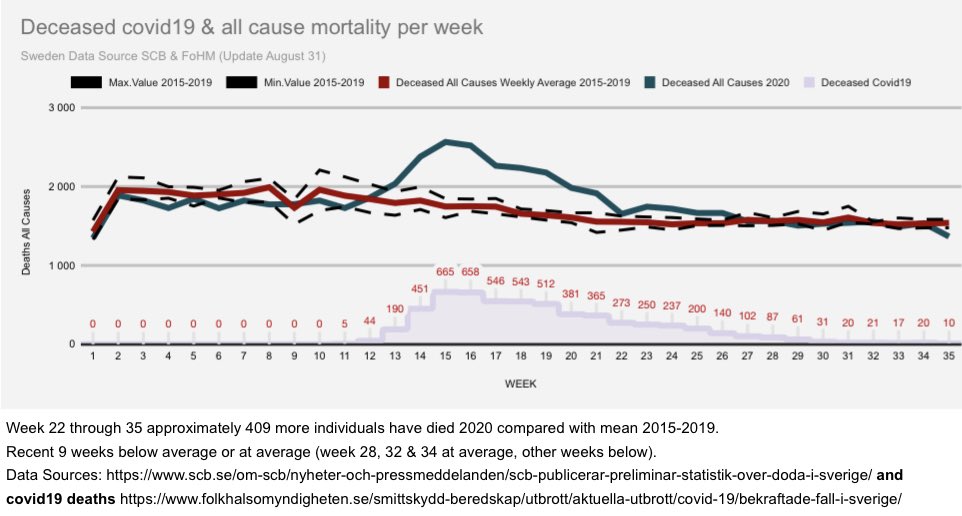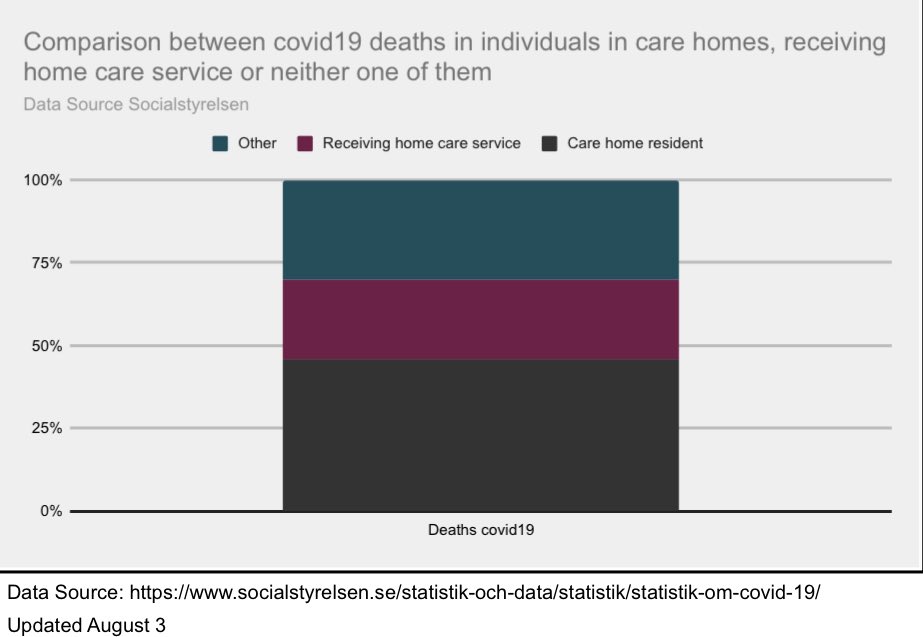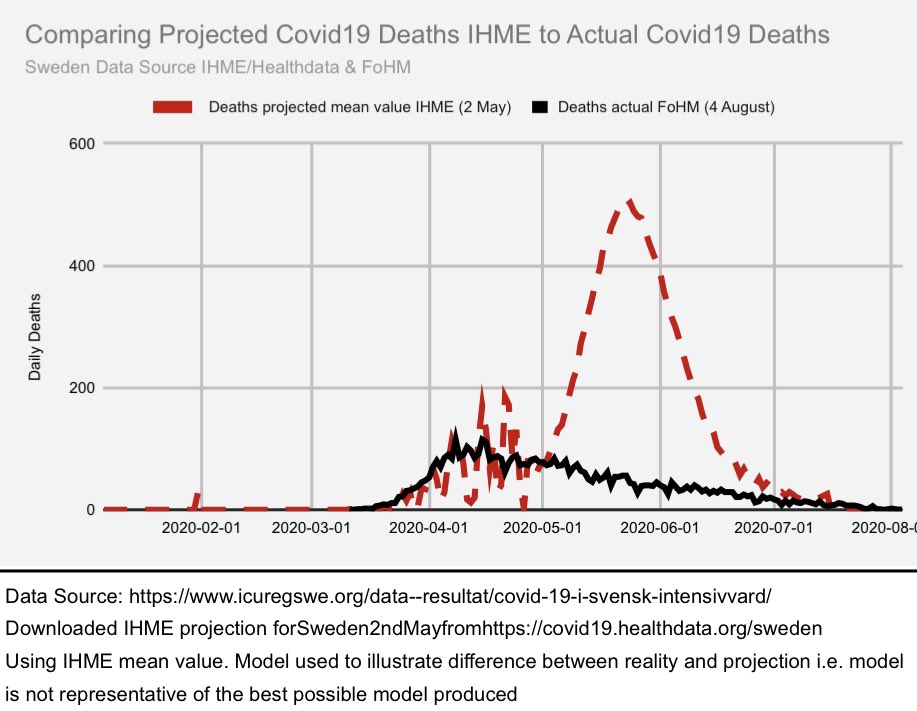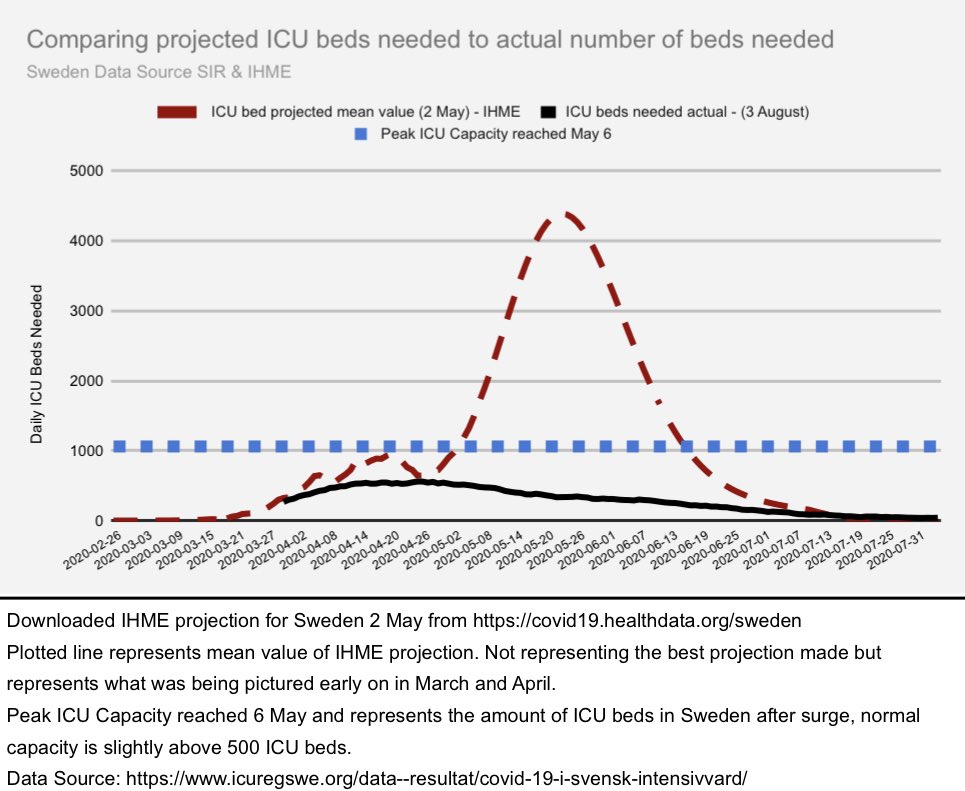
1/21 🇸🇪 I’ve been looking at cases and ICU admissions lately. In this graphaton 🧵 I’ll present the figures for each region including date of local recommendations - in titel - if there are any.
Stockholm
Stockholm

21/21 Blekinge
DM if anything looks odd or I missed something.
Remember, hospitalisations are high but am focusing on ICU since those are the most severe cases.
#COVID19sverige
DM if anything looks odd or I missed something.
Remember, hospitalisations are high but am focusing on ICU since those are the most severe cases.
#COVID19sverige

• • •
Missing some Tweet in this thread? You can try to
force a refresh











